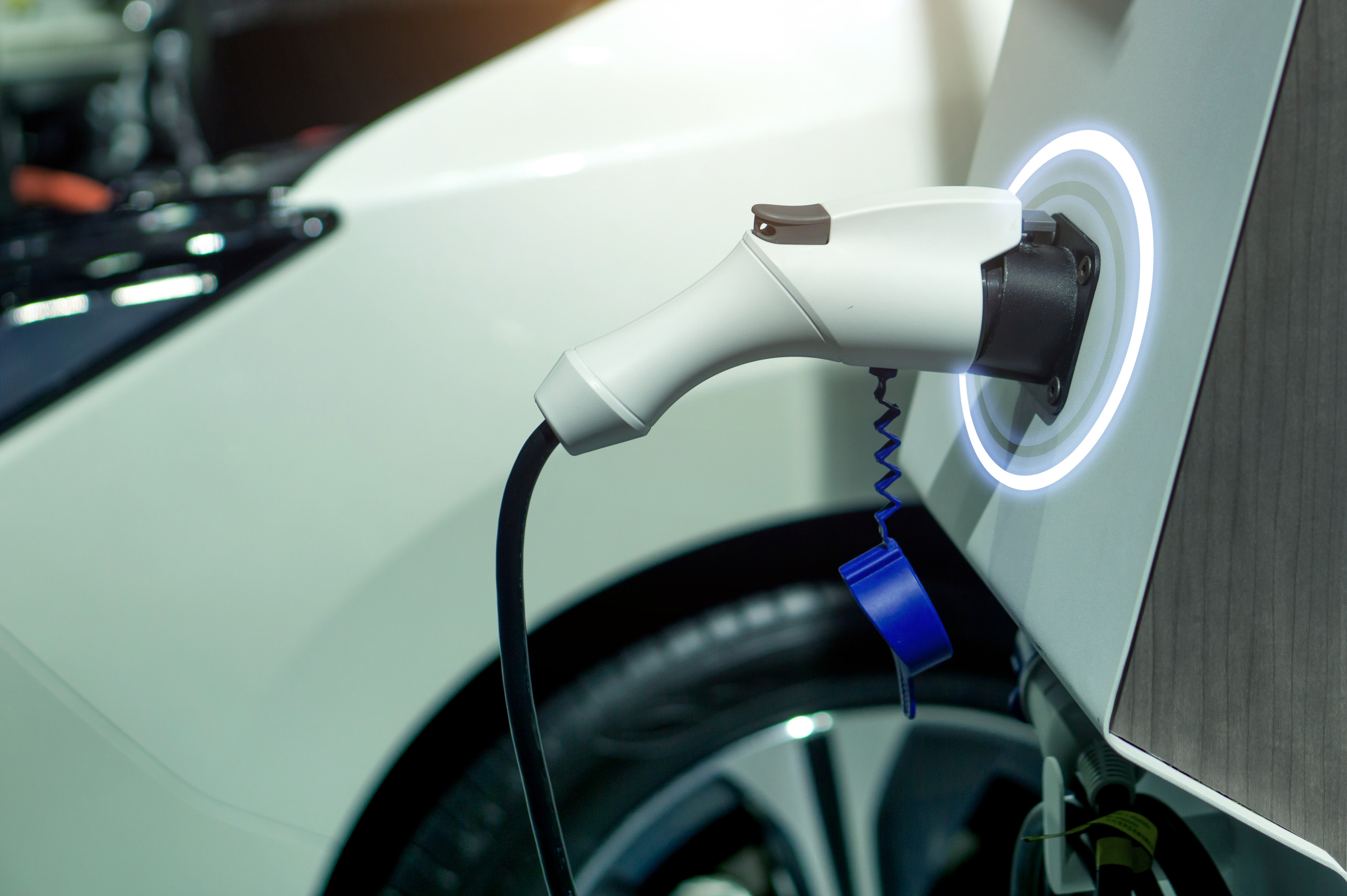A team of scientists from the Max Planck Institute for Human Cognitive and Brain Sciences in Leipzig, Germany is using virtual reality to help us shed some light on one of the world’s greatest mysteries: emotions and our human brains.
For years, researchers have struggled to figure out how human brains process complex emotions. This is because replicating real human emotions within the controlled environment of a laboratory, a necessity for standardizing several variables is extremely difficult. However, the aforementioned team of scientists has circumvented this issue as best they could in a revolutionary way using virtual reality.
The team conducted a study to monitor the neural activity of emotionally charged humans by using the cutting-edge technology of virtual reality. The participants in the study put on VR glasses that made them feel as though they were in the cars of a rollercoaster ride. On this ride, they go through many exhilarating highs and lows. Their journey starts off as a steady roll through picturesque mountain landscapes, then suddenly they are frantically dashing through a raging fire, and lastly, after a tense moment of teetering on the edge, they fall into the depths of an abyss.
According to the team, the use of virtual reality evoked many more natural emotions than say, the typical method of showing study participants photographs of emotional scenes, like a wounded puppy. Seeing a photo of a wounded puppy is very far removed from the experience of witnessing a wounded puppy laying in front of you and struggling to move. In real life, our emotions are continuously formed through a combination of memories and factors that we interact with in the present moment. This is why if we ever want to understand brain activity, then it’s of utmost importance that we make the simulated situations feel as real as possible.
Using the data from the participants of this study, the team was able to confirm patterns of rhythmic brain waves connected to emotional excitement. They were also able to predict the intensity of those emotions more accurately by identifying which cranial lobes and regions were most involved.
The application of VR in other studies can help us better understand the brain on many levels. For instance, a doctor could track neurophysiological activity and correlate it to emotional states in real-time through VR. This allows them to collect data on patients’ emotional responses to any treatment without having to interrupt the moment by asking the patient in the middle of the study.
Source study: eLife—Decoding subjective emotional arousal from EEG during an immersive virtual reality experience











